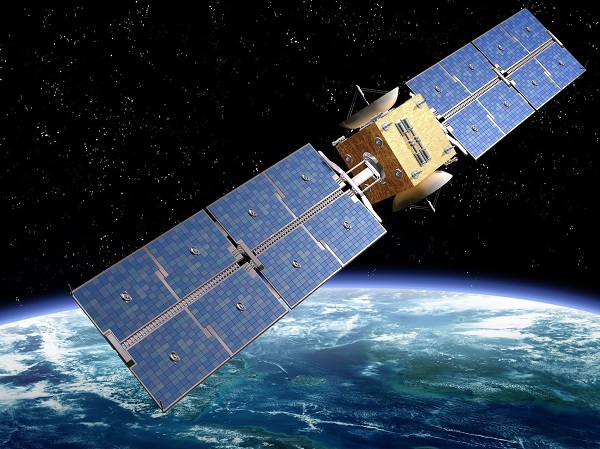Sriharikota (Andhra Pradesh) (Asian independent) In a historic maiden commercial flight, an Indian heavy-lift rocket GSLV MkIII – renamed for this mission as LVM3 M2, successfully orbited satellites of UK-based OneWeb.
The 43.5 metre tall and weighing 644 ton LVM3 M2 rocket, carrying 36 satellites weighing totally 5,796 kg or about 5.7 ton, blasted off from the second launch pad at the Satish Dhawan Space Centre at 12.07 a.m.
About 20 minutes into its flight, the LVM3 began slinging the satellites of Network Access Associated Ltd (OneWeb) into low earth orbit (LEO).
After the separation of 16 satellites, Indian Space Research Organisation (ISRO) Chairman S.Somanath said: “The satellite separation is a slow process. The remaining satellites will be separated and the data will come later.”
Somanath also the Secretary of Department of Space was confident that all 36 satellites will be separated as originally planned.
According to D.Radhakrishnan, CMD of NewSpace India Ltd (NSIL), ISRO’s commercial arm, the rocket mission is a complex one.
“The GSLV MkIII has made a remarkable entry into the commercial satellite launch market,” Radhakrishnan said.
He also said that this is the beginning of many more business associations with OneWeb.
Once all the satellites get separated, the total number of foreign satellites launched by India will be 381.
Another set of 36 satellites from OneWeb is planned to be put into orbit in January 2023. The UK company has contracted with NewSpace India Ltd (NSIL) to pay over Rs.1,000 crore for both launches.
OneWeb is a joint venture between India Bharti Global and the UK government.
The satellite company plans to have a constellation of about 650 satellites in low earth orbit (LEO) to offer communication services.
According to ISRO, the OneWeb Constellation operates in an LEO Polar Orbit.
The satellites are arranged in 12 rings (Orbital planes) with 49 satellites in each plane. The orbital planes are inclined to be near polar (87.9 degrees) and at 1,200 km above the Earth.
Each satellite completes a full trip around the earth every 109 minutes.
The earth is rotating underneath satellites, so they will always be flying over new locations on the ground. The constellation will have 648 satellites.
The LVM3 is a three-stage rocket with the first stage fired with liquid fuel, the two strap-on motors powered by solid fuel, the second by liquid fuel and the third is the cryogenic engine.
The ISRO’s heavy-lift rocket has a carrying capacity of 10 ton to the LEO and four-ton to the Geo Transfer Orbit (GTO).
Normally the GSLV rocket is used for launching India’s geostationary communication satellites. And hence it was named as GeoSynchronous Satellite Launch Vehicle (GSLV). The GSLV MkIII refers to the third
generation rocket.
As the rocket that flew on Sunday morning was for orbiting the satellites in LEO, the ISRO has renamed GSLV MkIII as LVM3 (Launch Vehicle MkIII).
The rocket mission has several firsts for the Indian space sector. It is the first commercial launch of GSLV MkIII and for the first time, an Indian rocket will be ferrying a payload of about six tonnes.
Similarly, OneWeb is using an Indian rocket to put its satellites into orbit for the first time. Also, it is the first commercial launch of GSLV MkIII contracted by NewSpace India Ltd (NSIL), the commercial arm of ISRO, and for the first time, a renamed GSLV MkIII is being used for launching satellites in LEO.








